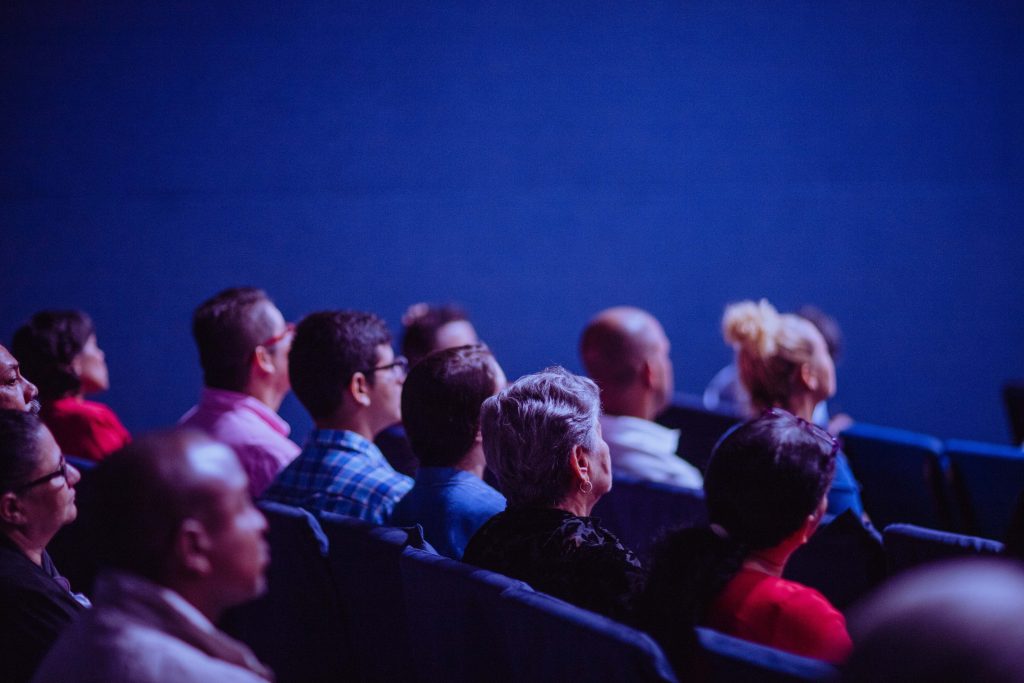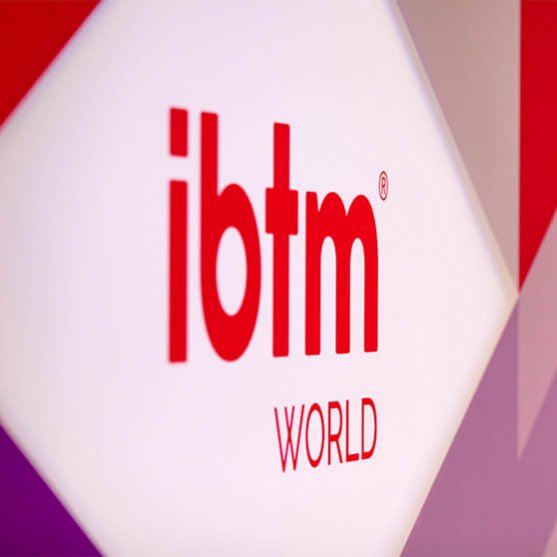Ruud Janssen explains how technology can save you from the next volcano

Share news
Listen
What was the most interesting example of how technology helped a meeting when the volcano erupted in Iceland and grounded many flights?
I was asked the same in a tweet after the volcano erupted. As a result, I wrote an account of my personal experience when I was due to speak at an event in Poland and all speakers got grounded. We created a plan B which…used the simplest tools, ones practically all presenters were comfortable using. All speakers reverted to a remote presentation using Skype and phone as a backup.
The other case was the creation of a spontaneous event when many delegates were stranded in London after the Skoll World Forum in Oxford. One of the stranded delegates took the initiative to organise a spontaneous TEDxVolcano, one that was Live streamed and put together in less than 24 hours.
What should a meeting planner do during the next volcano eruption: have a logistics plan B and a technology plan B?
The key in any crisis plan is opening up a direct communication line to your key audience members. Participants, speakers, key suppliers and organising team members must know where to look for reliable up-to-date information on the event. The organisers must always know how to reach employees, team members, speakers, suppliers and other key stakeholders. This can be via a website, a Twitter hash tag, multiple real-time channels or a mass notification system.
The contingency planning should include a crisis team split in two key areas: communication; and contingency planning, logistics and quick financial impact scenarios. This is where the real organisers will distinguish themselves from the amateurs. Being ready to connect to your audience not only live but also in hybrid ways (and being able to set this up in a flash) is probably the key way to save the event from going to ashes. As a planner you must know one or two people in your direct network that can help or guide you through the crisis.
Isn










